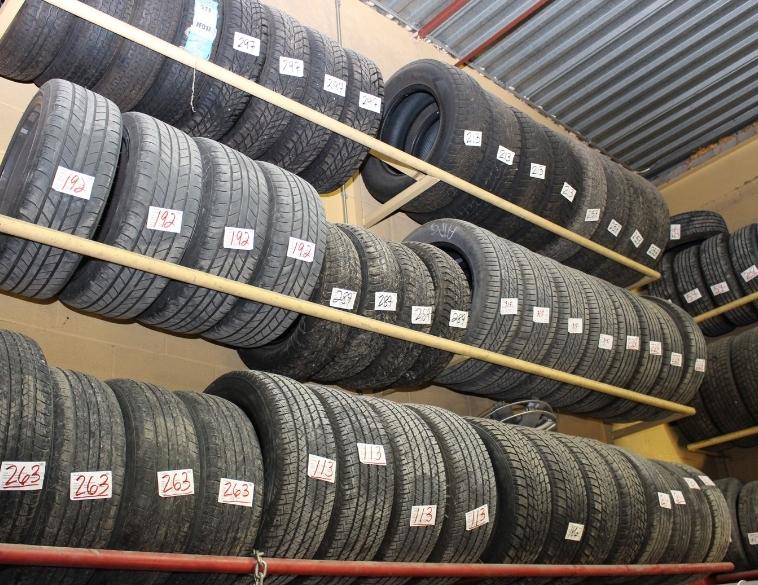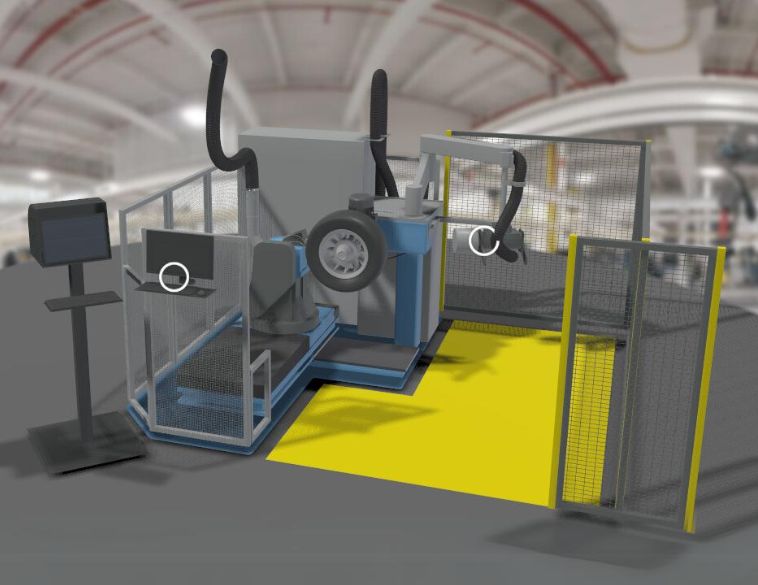Giving the customer the tire they are looking for involves a high-flying choreography.
Planning tire distribution in a network of some 878 points of sale across Canada is a mission that occupies a team of some 30 people at Point S Canada. “We would love to have a crystal ball to plan the supply and distribution of tires,” says Jacqueline Gravel, Vice-President of Purchasing and Marketing for this network of tire and mechanical centres. “Our strategy is based on market analysis, but also on information from our retailers.” What Ms. Gravel explains is that the planning work must be done by drawing information from several sources.
Sales of new vehicles
“For example, we are seeing a contextual decline in new vehicle sales right now, which will affect the multi-year forecast. On the other hand, the Canadian vehicle fleet is aging to an average of almost 12 years, which will increase the demand for replacement tires. What’s more, with the 2035 deadline for the shift to electric vehicles in Quebec, we must anticipate the demand for specific tires.”

Ms. Gravel’s team works closely with dealers to gauge demand. In fact, the buyer of a new vehicle fitted with summer tires will buy winter tires when the season changes. Tracking new cars also provides a measure of what the demand will be in three or four years, when it will be time to replace original equipment tires.
Analysis work is also done on the records of vehicles on the road. This provides a region-by-region picture of the types of vehicles currently on the road and their age. This is a key to forecasting the demand for replacement tires in various applications.
The Point S purchasing team also relies heavily on metrics that come directly from their merchants. They are the ones who will order the tires they need to meet their customers’ needs. “We are there to advise them and complete their orders,” explains Ms. Gravel. “Since we work closely with the tire manufacturers, we can inform them of all the new products. Keeping an eye on the specifics of the territories we will also guide them, telling them, for example, not to order too many small tires in a market where sizes are constantly increasing.”
In a context where supply issues add to the complexity of forecasting, Point S works with its suppliers to secure volumes according to their production forecasts. If necessary, if a tire manufacturer is unable to guarantee delivery of certain products or quantities, substitute orders will be placed with other suppliers. “And it’s an ongoing operation. We need to inform our merchants of alternative products and always have solutions for them,” summarizes the vice president.
Market intelligence

This is in line with Patrick Labrecque who, as Vice-President of Robert Bernard Pneus et mécanique, mentions the importance of working hand in hand with his distributor. The 22 branches of this network can count on the group’s warehouse where the tires they need for the season are waiting for them. Some of the tires, already purchased according to the group’s marketing strategies by the branch managers, are waiting at the distributor. With the new reality of appointment scheduling and fast delivery, no matter where it comes from, the right tire will be available at the right time.
“We work with our distributor to make sure we cover our market,” says Labrecque. “Our merchants are key in this decision making process. They enhance the buying decisions to meet the specific needs of their customers. For him, acquisitions are a crucial process for his business. We form an ecosystem where the dealer shares data on the supply and needs of each region in addition to accessing a lot of information from the tire manufacturers. And we have the dealers with their intelligence of their customers’ specific needs. The success is based on sharing all of that information.”
Robert Bernard’s vice president of tires and mechanicals admits that disruptions in the supply chain require flexibility on the part of buyers. “We want a variety of brands in order to stand out. However, under the current circumstances, it is obvious that there are still brands and sizes missing. We benefit from the expertise of our distributor who can offer us equivalent products. The important thing is that our dealer who is in front of the customer has solutions to offer.”
The rims

In the wake of supply management in the tire industry, a conversation Sylvain Dupuis of DTD 2009 had with us sheds light on the reality of rim distribution.
“We have to keep a close eye on market trends,” explains the company’s president. “Since a good portion of our customer base is made up of dealerships, we analyze their sales trends. Customers like to have a second set of tires when they buy, and we’re there so that dealers can offer them equivalent rims that are less expensive than the original part. We even go to car shows to see what’s new in terms of tire models and sizes. That being said, we must be vigilant, because from year to year the demand can fluctuate greatly. For example, the shortage of microchips has greatly affected the marketing of pickup trucks.”
On the supply side, the company relies on its own factory in Asia and has shown foresight by paying more to guarantee containers, in order to receive the rims on time. We should also mention that the company has had a second warehouse in Mascouche since last year which, combined with the one in Anjou, solidifies the inventories.
Understanding the market combined with a strong inventory has allowed DTD 2009 to see its sales increase over the past two years while new vehicle sales have been in sharp decline.



